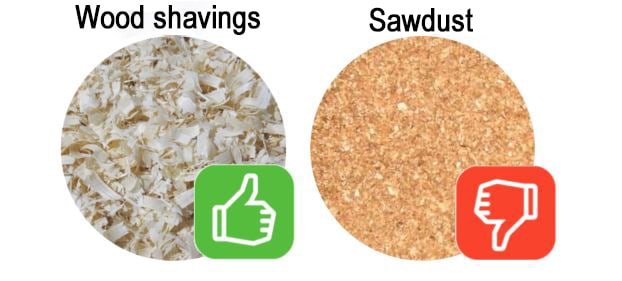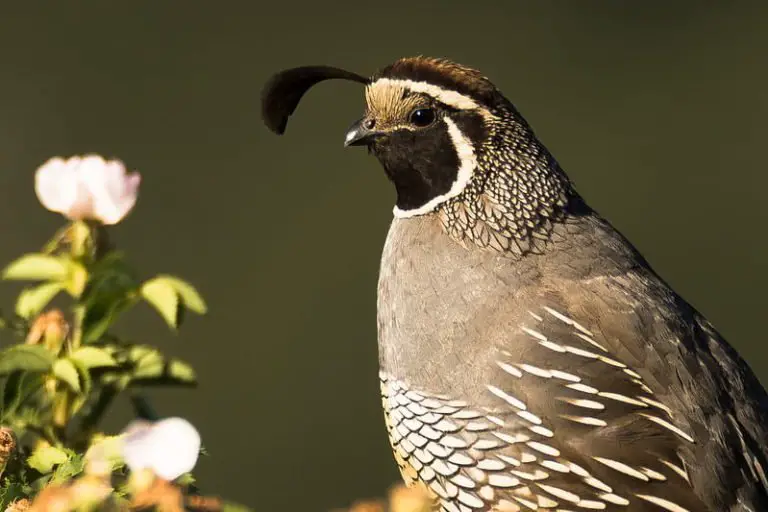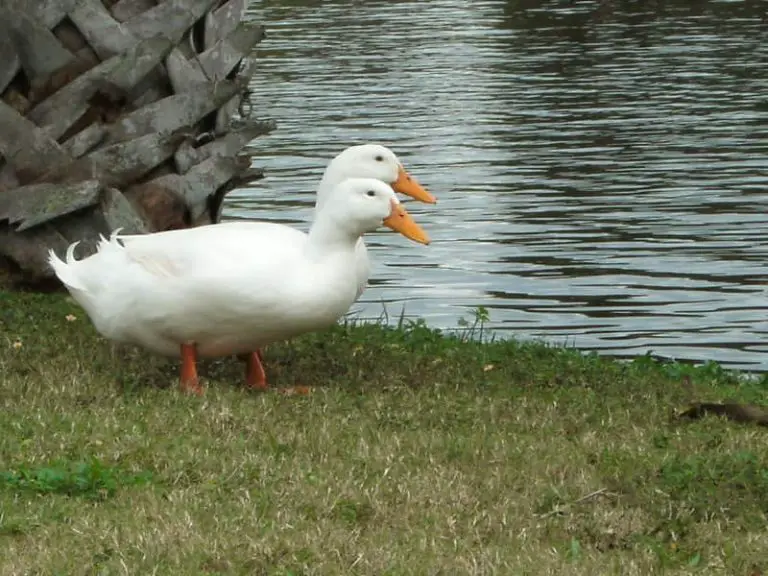Are Wood Shavings Safe For Budgies? (6 Reasons That Confirm It)

Are wood shavings safe for budgies?
Wood shavings possess both absorbent and disinfectant properties, and are the most commonly employed nesting substrate in the world. Wood shavings have been present in budgerigars’ nests practically since their history in captivity began, and are the nearest material to the waste left in budgerigars’ nests in the wild once the female has finished preparing them.
However, some budgie breeders’ circles have expanded the view that the natural phenol contained in and emanated from the shavings of pinewoods (pine and cedar) is harmful to budgies.
Sanitary beds sold for nests and rodent/rabbit habitat have gone through a drying process where they release most of the phenols, because even naturally (a fallen tree) loses phenols as it dries.
6 reasons to confirm that wood shavings are safe
1. The median lethal dose (LD50) of synthetic phenol to end the life of a 35g animal is 3mg orally or 5mg dermally.
This is similar to the cyanide contained in apple seeds, cyanide is known to be poisonous to humans, but for a person to be poisoned by cyanide from eating apple seeds they would have to ingest abysmal amounts.
2. There is no established average lethal dose for natural phenols, as they are expelled from the body in the urine in less than 12 hours. When a certain dose of phenol enters the body of a living being like an animal, it decomposes into other chemicals which are expelled as waste through the urine.
3. Natural phenol in wood shavings remains in the air for less than 1 day and its disappearance/evaporation is accelerated by contact with light and heat above 40ºC.
4. Sanitary beds sold for nests and rodent/rabbit habitat have gone through a drying process where they release most of the phenols, because even naturally (a fallen tree) loses phenols as it dries.
5. Eucalyptus, the tree where budgies nest in the wild, also contains phenols in its bark. In fact, budgies enjoy chewing branches of eucalyptus. The fresh branches are an excellent stimulant. The activity of gnawing keeps the bird busy for hours on end and the eucalyptus oil inside the bark is a natural health tonic.
6. Most of the nests are made of pine plywood.
It is a matter of reasoning, with so much natural and direct contact with wood the parakeet species would already be extinct if the phenol in the pine chip or in the nest material, or in the eucalyptus were deadly.
The myth that wood shaving affects budgie growth
Another widely held opinion is that wood shaving does not kill them, “it only inhibits their development and growth”, if you believe in this opinion, I recommend that you visit the WBO website, see who has won the BIS (Best in Show – Grand Champion), CC (Colour Certificates) and World Championships over the years and find out what substrate they use.
Once you find out they use pine chips, ask yourself Why didn’t the harmful phenol slow down the growth of these English parakeets that have such a high requirement for size and feather? .
Where does the “bad reputation” of wood shavings as a toxic material come from?
It comes from the Second World War, when it was discovered that the lethal injection used by the Nazis was manufactured from synthetic phenol, which they obtained by distilling coal tar, so they obtained 25Kg of phenol for each ton (1,000Kg) of distilled tar.
It is worth noting that this material is used to obtain phenol because it generates more kilograms per ton and only 2.5% of each ton is obtained.
The concentration of phenol in pine and its so fateful use in history does not mean that if your bedroom set is made of pine you will die in your sleep or that if your baby’s crib is made of pine you will inhibit its development.
Phenol is even used in the textile industry, you probably read this dressed with textiles in whose manufacture phenolic compounds were used, you probably clean your dishes and floors with a product that also contains phenols and you have taken many pills with phenol content.
Finally, find out which foods contain natural phenols and you will surely notice that budgies are fed with many of them.
Wood shavings and sawdust are not the same
You must bear in mind that wood shavings and sawdust are not the same, although both come from wood, the sawdust is not recommended for use as a substrate, although it is very absorbent should never be used because being dust can obstruct the nostrils of the budgie, suffocate or create serious respiratory problems for them and their parents.

Is Pine safe for budgies?
Pine and spruce are known as medicinal plants, for example cough preparations contain some components, and it is also used as an liniment. Contain essential oils and resins.
Conditionally suitable for budgies are: Seating branches, twigs – well dried and cones.
It is important that there is no trace of resin, unfortunately these trees resin very often. The same applies to the cones, they are suitable for playing, are fun, but the condition is that they contain no traces of resin. Resin can cause problems in the digestive tract and sticking of the feathers. Basically, these trees also contain essential oils, which have an irritating effect on the mucous membranes.
Too much has a negative effect on the kidneys and liver. However, if the branches are only offered as sitting branches and only occasionally as dried and resin-free nibble branches, the risk of a health hazard is rather low.
The half-truth
Indeed, a high concentration of synthetic phenol can end the life of any living being, but reaching such levels is simply impossible in a nest, not even by using fresh chip (which should not be done because it has too much moisture and resin).






